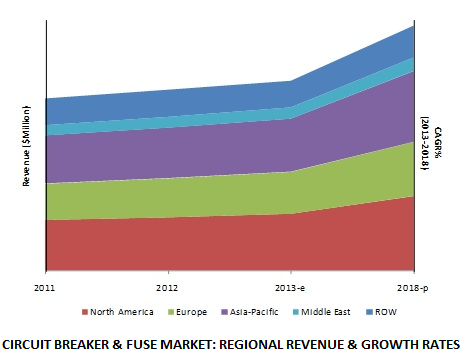Feed Additives
Feed Additives are substances, micro-organisms or preparations, other than feed material and premixtures, which are intentionally added to feed or water in order to provide the supplementary nutrients for the meal that is used for animals.
Vitamins (A, B, C, D, E, K…), amino acids (methionine, lysine…), preservatives (citric acid…), essential fatty acids (omega-3 and omega 6), emulsifiers (agar, guar gum) and essential micro minerals (iron, manganese, zinc…) are some examples of feed additives.
Types of Feed Additives
1) Sensory Additive: It is the additive which stimulates the appetite, improving the voluntary intake of a diet. Examples include feed flavors or
sweeteners.
2) Nutritional Additive: these types of additives provides specific nutrients to an animal for the purpose of optimal growth. Vitamins and amino acids fall into this category.
3) Zootechnical Additive: improves the nutritional value of a diet. It doesn't give nutrients directly to the animal, but through its diet. This category includes, among others, enzymes and certain photogenic.
sweeteners.
2) Nutritional Additive: these types of additives provides specific nutrients to an animal for the purpose of optimal growth. Vitamins and amino acids fall into this category.
3) Zootechnical Additive: improves the nutritional value of a diet. It doesn't give nutrients directly to the animal, but through its diet. This category includes, among others, enzymes and certain photogenic.
Swine Feed Additives Market
 |
| Swine Feed Additives Market Share (KT), By Geography, 2012 |
The global swine feed market was dominated by Asia-Pacific in 2012. It was followed by Europe. The Asia-Pacific swine feed additives market topped the consumption chart of the global industry, accounting for around 43.1% of the total share. And as far as the swine feed additives industry is concerned Europe was the dominant player with 37.3% of the total market share.
The global market value for these products is expected to grow at a CAGR of 5.1% and 5.5% respectively by 2018, with the highest growth projected to be observed in the Asia-Pacific region for both the markets.
The global swine feed additives market is expected to grow at a CAGR of 4.1% to attain a consumption volume of 14,318.9 KT by 2018.








